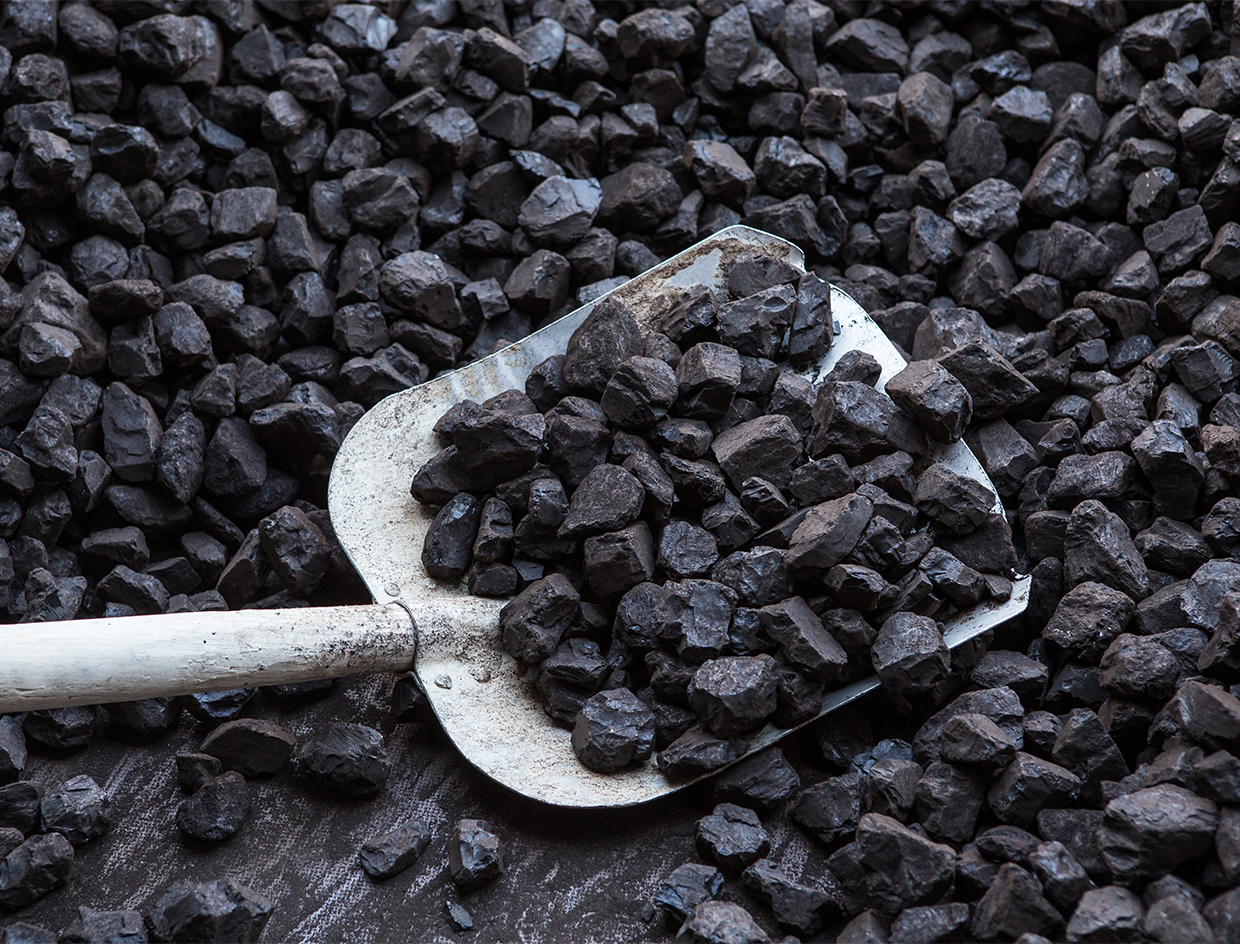What is Coal?
Whether you have heard the word coal a few times or are still trying to figure out what it is, there are a few things you need to know. The process formation, its usage and how it is renewable are the three main points to consider.
Table of contents
How is Coal Formed?
Throughout history, coal has been used as a source of energy. It is an energy-rich sedimentary rock, usually black. However, it has a negative effect on the environment. It also contributes to global warming. Its generation has been declining in recent years.
Coal is formed from the decaying remains of plants. These plants have been buried in swampy forests for hundreds of millions of years. These forests were part of the Carboniferous period, which lasted from 360 to 300 million years ago.
The Carboniferous period was also a time of wide, shallow seas. The oceans occasionally flooded these forested areas.

There were huge trees in these forests. They covered the megacontinent Pangaea. Some of these trees died in the swampy waters. Eventually, they stopped decaying and became mushy heaps known as peat.
The most important ingredient in the plant material that produces coal is carbon. This is the main source of energy in coal. It also contains nitrogen, hydrogen, and varying quantities of other elements.
Various chemical bonds in the plant matter allow the energy to be released slowly. The sun provides some of the initial energy, but the plant material uses photosynthesis to generate more. This produces compounds such as benzene and hydroaromatic compounds.
It is usually black in colour and can be found in a variety of places around the world. It is used for heating, cooking, and electricity.
Is Coal Renewable?
Despite the widespread use of coal for industrial purposes, it is not a renewable energy source. It is formed from millions of years of sedimentation and decaying plant matter. It has the highest carbon content of any other mineral in the earth.
Coal is a type of combustible black or brownish sedimentary rock. Its high carbon content gives it a very high calorific value.
It is also useful for household heating, and it can be used in thermal power plants to generate electricity. It can be mined through underground or surface mining.

There are four main types of coal. The anthracite is the most carbon-rich, and has the highest calorific value. It is a hard, black coal. Lignite, on the other hand, is a soft, brown coal. Both are used for electricity generation.
Coal is formed from the decaying plant matter of marshy forests that flourished hundreds of millions of years ago. It was then buried beneath layers of dirt and rock.
As the plants decomposed, they were subjected to heat and pressure from the earth’s geological forces.
Coal is produced in many places around the world. It is a sedimentary rock that contains high amounts of carbon, water, and oxygen. It is also rich in sulfur, nitrogen, and other elements. Coal is the largest source of electricity in the world.
What Is It Used For?
Throughout the world, people use over five billion metric tons of coal per year. It is used as a raw material in many industrial processes, including cement manufacturing.
Coal also is a source of heat and electricity. It is estimated that over 90,000 US jobs are indirectly created by the use of coal.
There are several forms of coal. The first is lignite, which is a dense sedimentary rock. It has the lowest carbon content, and is mostly black.
Lignite is often used as a fuel for steam-electric power generation. It is also a key source of light aromatic hydrocarbons for the chemical synthesis industry.
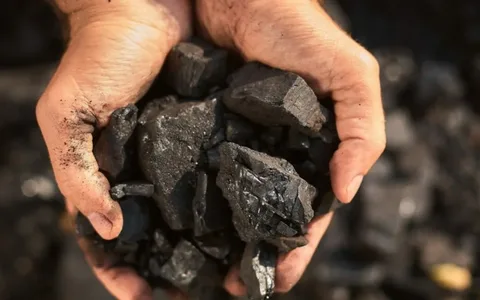
Another form of coal is coke, which is a porous black solid substance. It is used as a fuel in steel manufacture and in railway engines to produce steam. Coke is also used in the production of plastics and foams.
Anthracite, the hardest of all the coals, is formed by high temperatures and extreme pressure. It is a type of coal that is hard and heavy. It is usually black, but can be brown.
During the Industrial Revolution, people discovered that coal could be used to create electricity. It was used to run steam engines that enabled the expansion of the railways and shipping industries.
Do Coal Blocks Burn Longer?
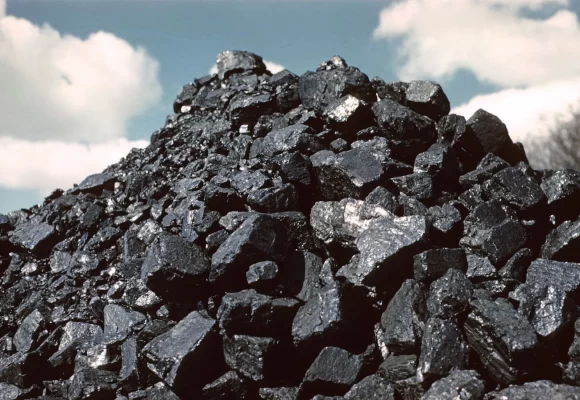
Coal blocks have a burning time compared to coal pieces when used as a fuel source. The reason, behind this is that a coal block is usually composed of coal pieces forming a single unit.
In applications in crafting and smelting utilizing a coal block can offer greater efficiency as it extends the burn time reducing the frequency of refueling and simplifying the overall process.
Has Coal Production Increased?
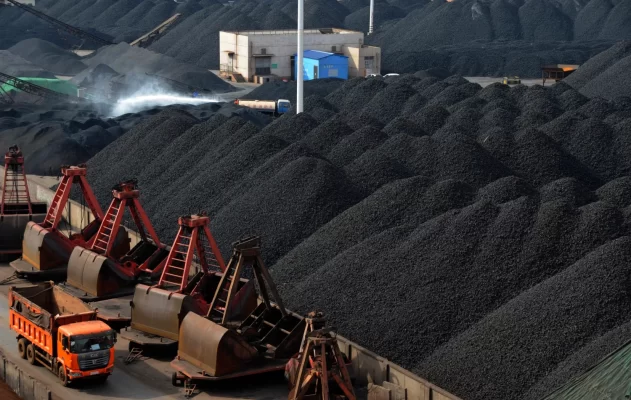
In the decades coal production worldwide has experienced fluctuations. Although there was a rise, in coal production during the revolution and throughout the 20th century recent times have seen a decrease in certain areas due, to environmental considerations and the emergence of renewable energy alternatives.
Nevertheless some countries still heavily rely on coal as their source of energy and production continues to meet the demand.
Which Coal is Smokeless?
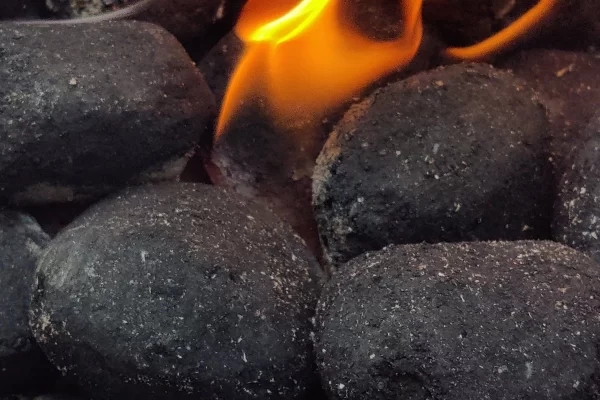
Anthracite coal, commonly known as coal is renowned for its ability to burn without producing smoke. It has a carbon content compared to types of coal, which leads to a cleaner burn, with minimal smoke emission.
This particular quality makes anthracite the option for home heating, in regions where air quality’s a major concern. Additionally its high energy content and efficiency further contribute to its appeal as a fuel source.
You can click here to learn about the different uses and history of coal. Do you want to read more Guide content?




